The Royal Navy’s attack submarine fleet is back at sea in strength, with a notable increase in activity, reflecting hard work behind the scenes to get boats to sea.
We believe that, currently, HMS Anson, HMS Astute and Trafalgar-class HMS Triumph are all at sea, although the Royal Navy couldn’t confirm the specifics.
This renewed presence is a promising sign of the Royal Navy’s commitment to improving submarine availability and addressing prior maintenance backlogs.
A Royal Navy spokesperson told me:
“Significant investment is being made in the infrastructure for the submarine service, in direct support of critical defence outputs, including CASD.”
With HMS Anson and HMS Astute now at sea, the Royal Navy is deploying two of its most advanced submarines. Meanwhile, HMS Triumph, the last active Trafalgar-class submarine, complements her newer counterparts, highlighting the fleet’s renewed capacity to sustain a balanced operational presence, even as older vessels approach the end of their service.
Renewing Operational Readiness
Despite recent progress, the Royal Navy still faces significant hurdles in maintaining its nuclear-powered submarine fleet, particularly as the ageing infrastructure and limited dry dock availability strain maintenance schedules.
It should be noted that the delivery of the Continuous At Sea Deterrent via Vanguard class submarines, with one always being on patrol, has not been broken by these issues.
Earlier this year, the Royal Navy faced prolonged periods without any of its nuclear-powered attack submarines (SSNs) at sea, underscoring the impact of maintenance delays and a stretched fleet.
These complex vessels require specialised facilities and skilled personnel, making timely and efficient repairs challenging. Recent maintenance work, such as the extensive overhaul of HMS Victorious, underscores the scale and complexity of servicing nuclear submarines. These maintenance requirements are not merely routine; they involve meticulous inspections, parts replacements, and technology upgrades that are critical for the longevity and operational integrity of these vessels.
Royal Navy on path to resolve submarine maintenance capacity
The Royal Navy has responded to these challenges with a focus on infrastructure investment. One example is the recent £200 million refurbishment of Number 9 dry dock at Devonport, a project aimed at enhancing deep maintenance capabilities.
This upgraded facility enables more efficient servicing of nuclear submarines, reducing the downtime associated with extensive repair and allowing the fleet to meet pressing operational demands. Such upgrades are integral to ensuring a balanced approach to maintenance across the fleet, allowing for simultaneous preparation of new submarines and sustained operational support for active vessels.
The Ministry of Defence’s Programme EUSTON is in its conceptual phase, aiming to create two new floating dry docks at HMNB Clyde. By expanding maintenance facilities, the programme seeks to address bottlenecks that have impacted fleet readiness in recent years. As demand for operational deployments increases, Programme EUSTON’s proposed facilities and supporting infrastructure are expected to play a big role in maintaining a responsive submarine force. However, there has been no date made public for this project as of the time of this article’s writing.

This recent deployment of multiple submarines, including the latest Astute-class vessels and the last active Trafalgar-class boat, signals a turnaround from prior maintenance backlogs. It reflects the Royal Navy’s ongoing efforts to adapt and overcome logistical and maintenance obstacles, demonstrating that the UK’s undersea defence capability remains not only operational but poised to meet commitments.
With a renewed focus on readiness, the Royal Navy is showing a real commitment to strengthening fleet resilience. As these efforts progress, the Royal Navy is better positioned to protect the country’s interests, offering a more stable and reliable presence on the international stage.
A quick look at the boats
The Royal Navy’s Astute-class submarines are the latest nuclear-powered fleet submarines built to replace the older Trafalgar-class boats. Constructed by BAE Systems Submarines at Barrow-in-Furness, these vessels represent a significant step in the UK’s maritime capabilities, combining advanced systems suited for various roles, including anti-submarine warfare, long-range strikes, and intelligence gathering. Seven Astute-class submarines are planned in total, with the first, HMS Astute, launched in 2007 and fully operational by 2014.
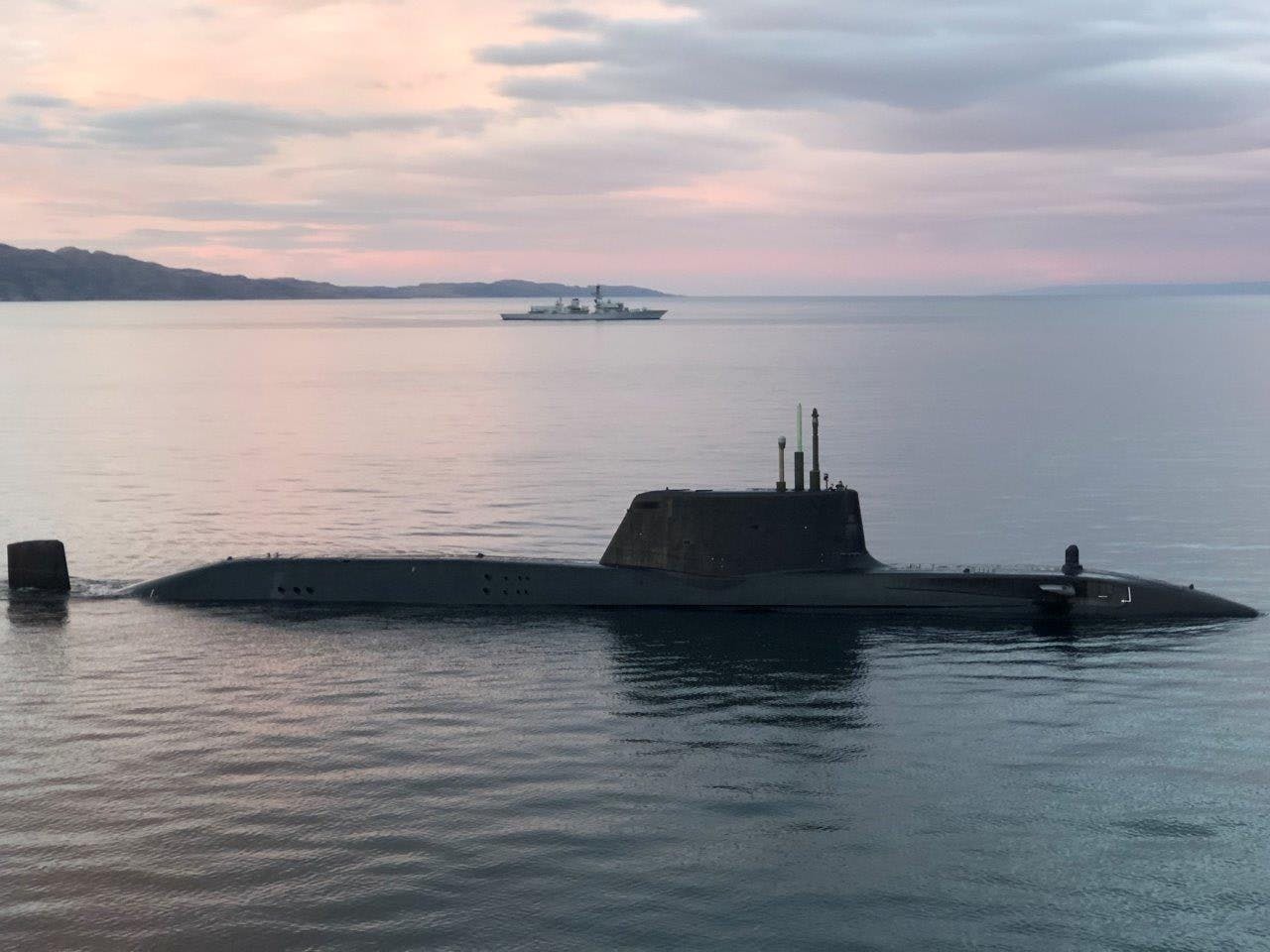
Each Astute-class submarine, estimated at over £1.65 billion, incorporates advanced features designed to enhance the Royal Navy’s strategic and tactical capabilities. At 97 metres long and displacing approximately 7,800 tonnes when submerged, these submarines are engineered for durability and endurance, with a Rolls-Royce PWR2 nuclear reactor and MTU diesel generators that enable them to operate for extended periods with only resupply needed for crew provisions.
The Astute-class submarines carry up to 38 weapons, including Tomahawk Block IV cruise missiles with a range of 1,000 miles and Spearfish heavyweight torpedoes. The Royal Navy plans to upgrade these Tomahawk missiles from 2024, aiming to enhance their range and in-flight communication capabilities. In terms of detection, the Astute class is equipped with Sonar 2076, regarded as a highly capable sonar system, alongside advanced optronic masts that replace traditional periscopes, intended to improve the submarines’ operational efficiency and reduce detection risks.
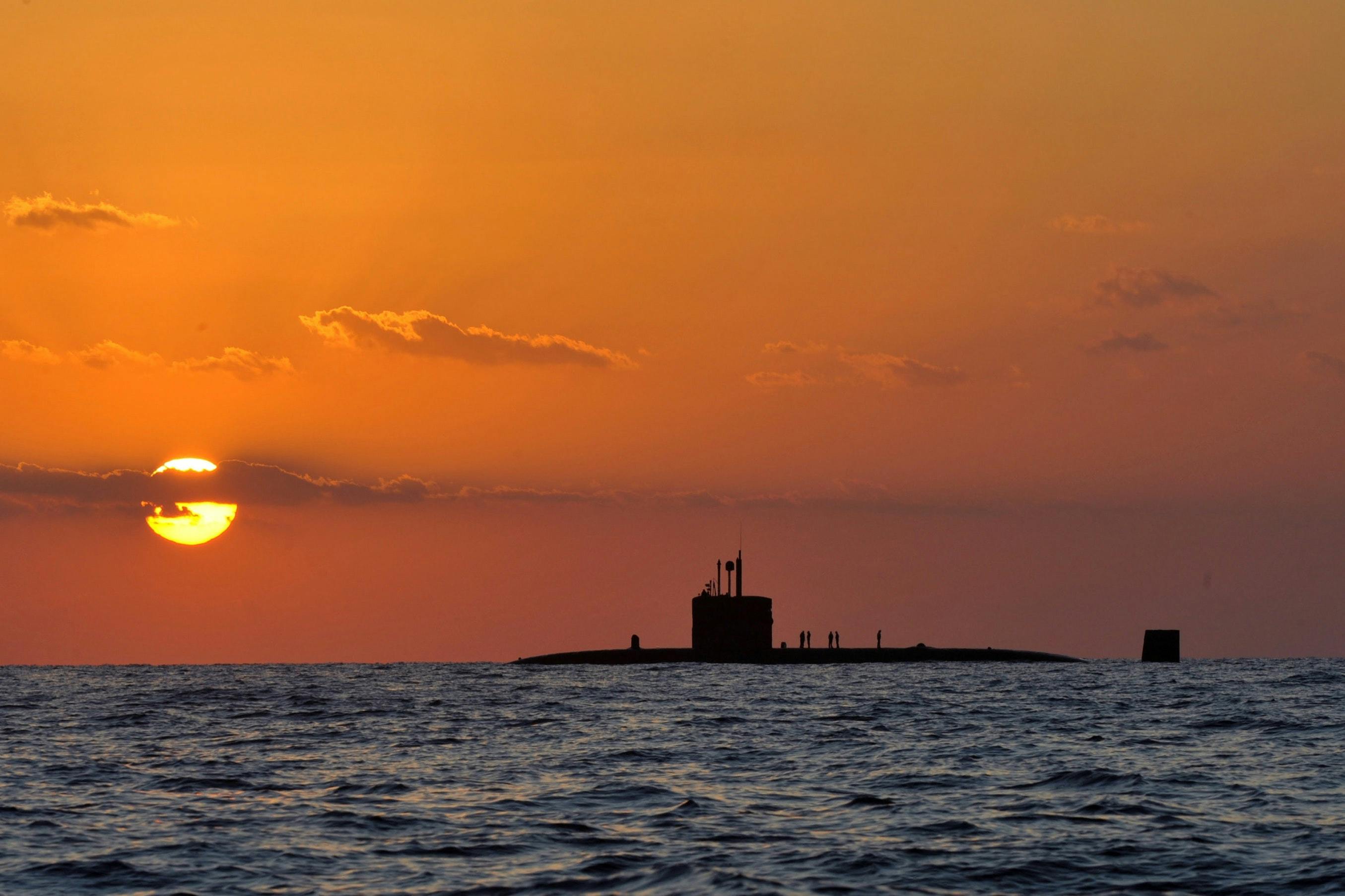
HMS Triumph, a Trafalgar-class submarine launched in 1991, remains the last active vessel of her class and continues to serve as part of the Royal Navy’s fleet. With a length of 85.4 metres and a submerged displacement of around 5,300 tonnes, Triumph carries Tomahawk cruise missiles and Spearfish torpedoes, fulfilling similar roles as the newer Astute class, though with an earlier generation of technology. Triumph’s expected service life extends to 2025, underscoring the Navy’s approach of blending legacy and modern platforms.
The eventual phase-out of the Trafalgar class in favour of the Astute class highlights the Royal Navy’s gradual shift towards more advanced submarine capabilities. The Astute class provides the UK with updated systems and firepower to address current and emerging threats. As the Royal Navy looks toward the future, the upcoming SSN-AUKUS programme is set to further modernise the fleet, drawing on both UK and allied technologies to enhance the UK’s long-term undersea operational capabilities.
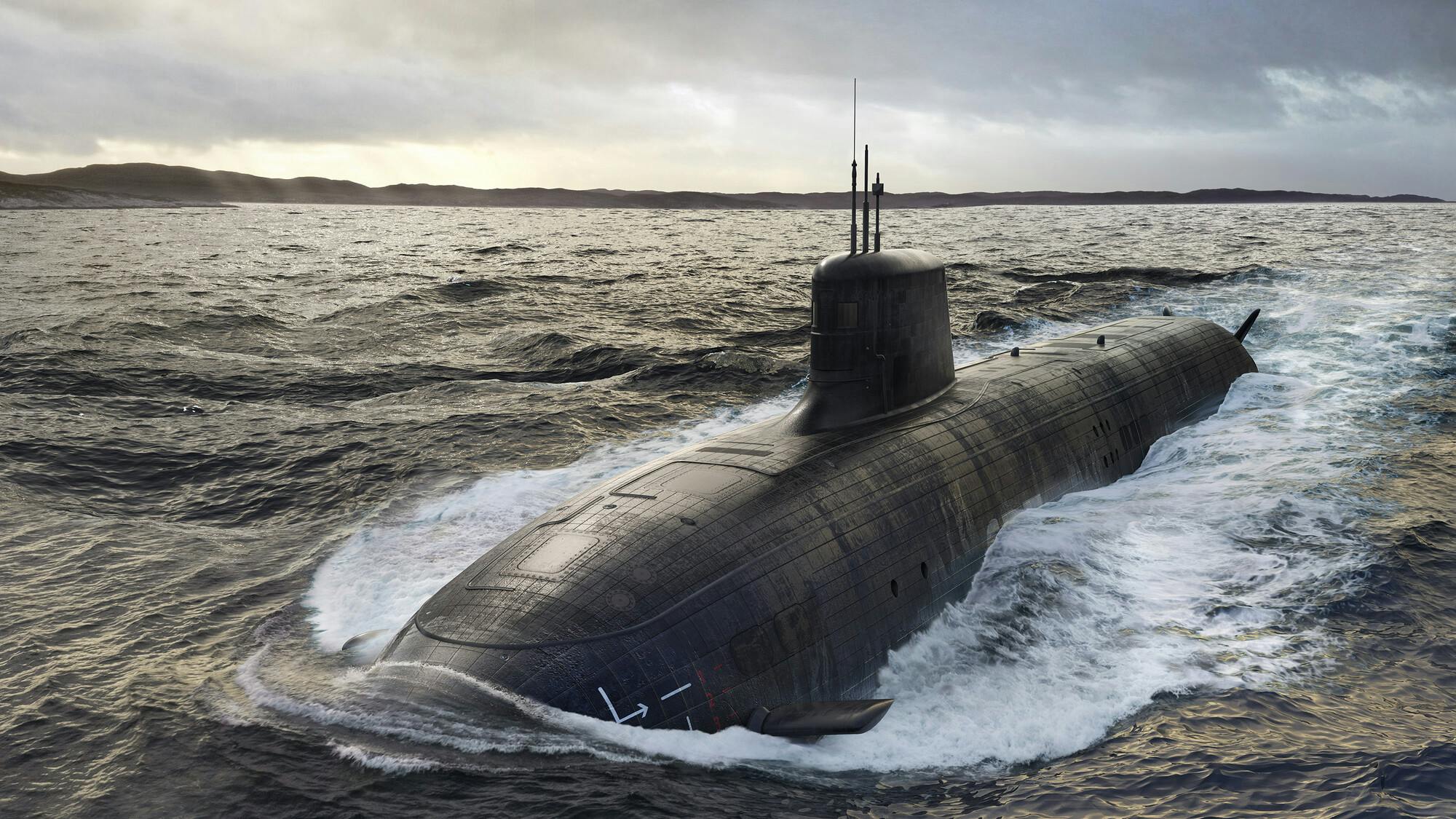
In the interim, the Royal Navy continues to address both infrastructure and operational requirements to support these advanced submarines, including upgrades to dry dock facilities. This infrastructure development is intended to improve the Navy’s ability to maintain its submarine fleet efficiently, ensuring readiness and resilience as new and existing vessels continue to serve.
At the UK Defence Journal, we aim to deliver accurate and timely news on defence matters. We rely on the support of readers like you to maintain our independence and high-quality journalism. Please consider making a one-off donation to help us continue our work. Click here to donate. Thank you for your support!



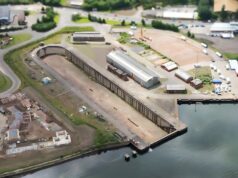
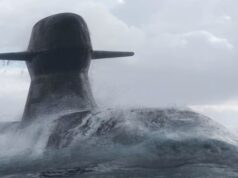


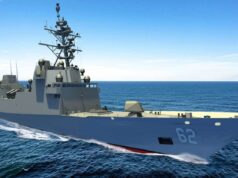
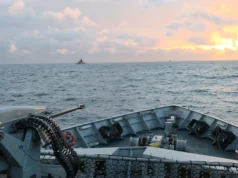

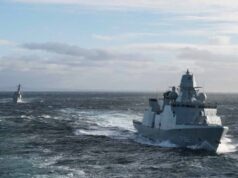
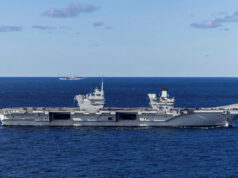
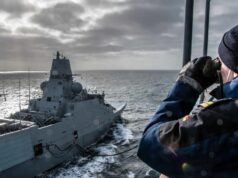

I read that Artful and Ambush have been alongside for the best part of two years, I hope there are not deeper issues at work.
However, excellent news and I hope progress is swift on the dry docks and the floaters, if they are ever ordered?
The batch I boats (Astute, Artful and Ambush) are being upgraded to latest standard, but the real culprit has been the stalled projects to upgrade the maintenance infrastructure (9, 10 and 15 docks at Devonport) and the shiplift and planned new floating docks at HMNB Clyde.
15 dock has been upgraded for Vanguard class refits, but 9 dock can only refit T-boats and needs to be expanded for A-boats, and 10 dock needs a complete overhaul to take A-boats. This work is underway but far from finished, which is why Triumph has been extended in service.
With the Faslane shiplift temporarily out of action that left zero docks available for A-boat maintenance and refit. The planned new floating docks have not been contracted yet although the shiplift has been repaired.
Some can of course be done alongside, but any deep refit (as required by Artful and Ambush) has not been possible while the Vanguards have occupied 15 dock.
Thorough explanation, thanks.
Once the broken shiplift was repaired and the refurbishment of the drydock was completed its amazing how fast they started getting through the backlog of maintenance.
Has Audacious been lifted off the jetty yet ?
What is the status of HMS Avincourt after submarine yard fire 10-30-202;?
What is the status of HMS Avincourt after submarine yard fire 10-30-2024 ?
Enable some dry docks up north. Lairds have the dry docks
They’re not gonna refit SSNs outside a naval base.
Not suitable without spending similar sums of money to Devonport, Nuclear submarines have some very specific requirements when not in the water. Also you need a licence for Nuclear work and have zero experienced workforce on submarines.
Plus by the time you did all that we wouldn’t actually need them as the present schedule of works is already being completed.
I think these bleedin’ things are the only deterrent stopping WW3.
otherwise all the budding young Goebbels’s out there would have all us imbeciles marching as to war. ☠️😁